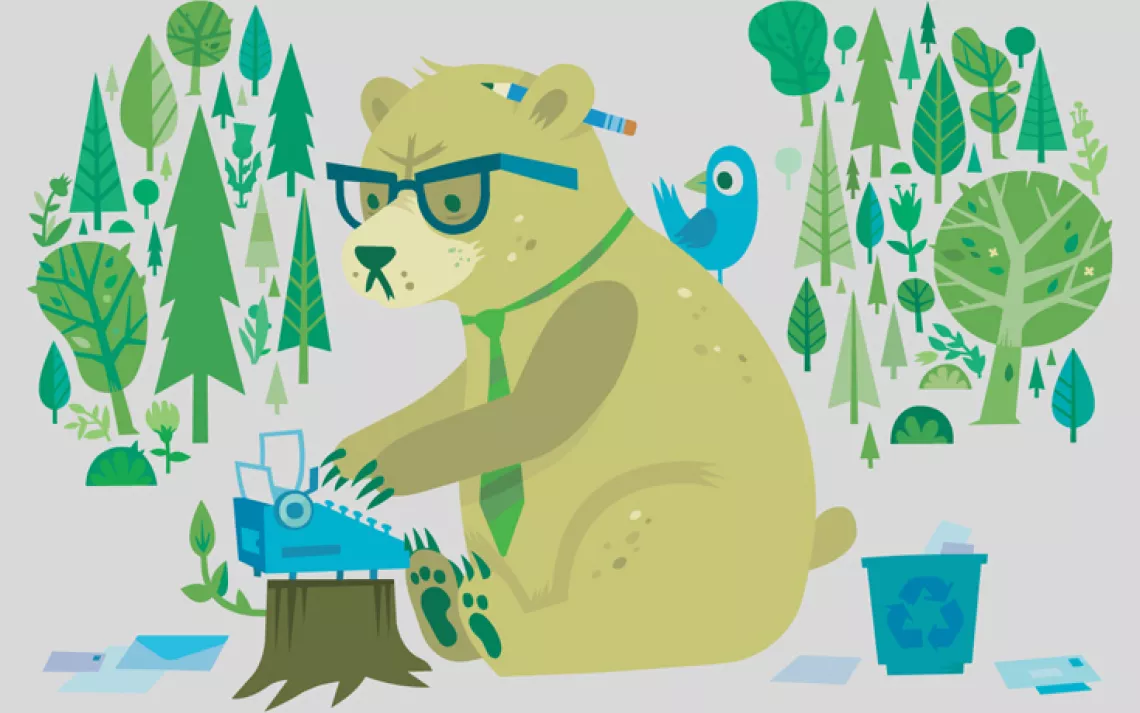How to Handle Microbeads

Hey Mr. Green,
What's the best way to dispose of cosmetics containing microbeads? I quit using them some time ago but have a few half-used bottles left, mostly body washes.
—Olga in Bakersfield, California
First let's review. “Microbeads” are tiny beads of plastic less than a millimeter thick that are often added to cosmetics as exfoliants and cleansing agents. Even some toothpastes contain them. It may sound like a strange use of plastic, but cosmetic companies apparently found that microbeads were cheaper than non-synthetic alternatives. The beads themselves (also called “mermaid’s tears”) are made of polyethylene or polystyrene. They are not toxic, but can pass through filters in water treatment plants and enter the water system. There, researchers warn, they can bind to toxic substances such as DDT, polyaromatic hydrocarbons, and polychlorinated biphenyls. Creatures in the water ingest these now poisonous little pellets, endangering themselves and the food chain. Yeah, I know, it’s weird to think that by washing your face or brushing your teeth you might beget a mutant fish—or mermaid—smack in the middle of Lake Erie, but such are the risks of progress through chemistry.
So--the safest way to get rid of the stuff is to leave it in its container, tighten the lid, and send it to the landfill with your regular garbage where it's quite unlikely to escape into the environment. But NEVER, ever, not ever, pour it down a drain or flush it down the toilet, because that’s exactly how it spreads into the watershed.
By the way, to find out if a product contains these deadly beads, check the label for “polyethylene,” “PE,” “polystyrene,” or PS. The organization Beat the Microbead has a list of products known to contain the beads.
Some good news: The fight against these beady polluters is already having some success. Illinois has banned the manufacture and sale of products containing microbeads, and bans have been proposed in several other states. There is also a growing movement to ban the beads in Europe. The cosmetics industry itself is in damage-control mode as some major companies have agreed to replace the microbeads with safer materials. This is a hopeful sign, because, as we’ve noted before, the last thing we need is still more plastic in our rivers, lakes, and oceans. —Bob Schildgen
 The Magazine of The Sierra Club
The Magazine of The Sierra Club



